
Gud Rasgulla


An iconic Bengali sweet dish that is loved all over the country, the word ‘Rasgulla’ itself is enough to make you drool and instantly picturise the melt-in-your mouth goodness of Rasgullas. A rich part of Indian culture, Rasgullas are equally rich in its taste. The Gud Rasgulla that we have for you is pretty similar to the traditional recipe, except we have made it much healthier by replacing suga ... r with its much healthier and nutrient-rich alternative which is Jaggery or Gud. If you have made Rasgulla before you would notice that the process is fairly similar to the one in the traditional recipe. One of the best things about this Gud Rasgulla recipe is that it only needs a few ingredients all of which are ones that are common kitchen ingredients. This means that you won’t have to grab your shopping bag and step out to purchase the ingredients. To get started with the recipe, you would require about a litre of full cream milk. Now, it’s essential that you buy full cream milk and not skimmed milk as you need the fat to make the Rasgullas. Another important point to remember is to use a muslin cloth to strain the whey mixture and ensure that all of the sourness is washed off as this might make it more sour than sweet, something that you don’t want. This delectable dessert tastes best when served cold. So, toss the Rasgullas into the refrigerator for at least 3-4 hours and allow them to rest.
Ingredients
Dry Grocery
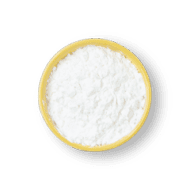
Corn Flour
1 teaspoon
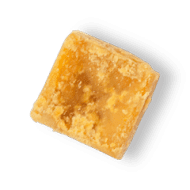
Jaggery
1.5 cups
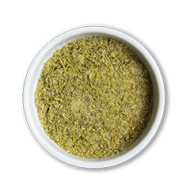
Cardamom Powder
0.5 teaspoons
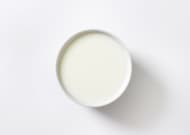
Full Cream Milk
1000 ml
Other
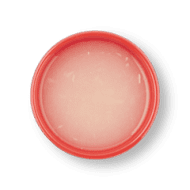
Lemon Juice
3 tablespoons
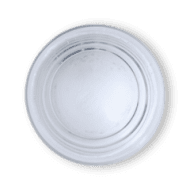
Water
4 cups
Success!
We hope you had fun making it! Enjoy the meal.


